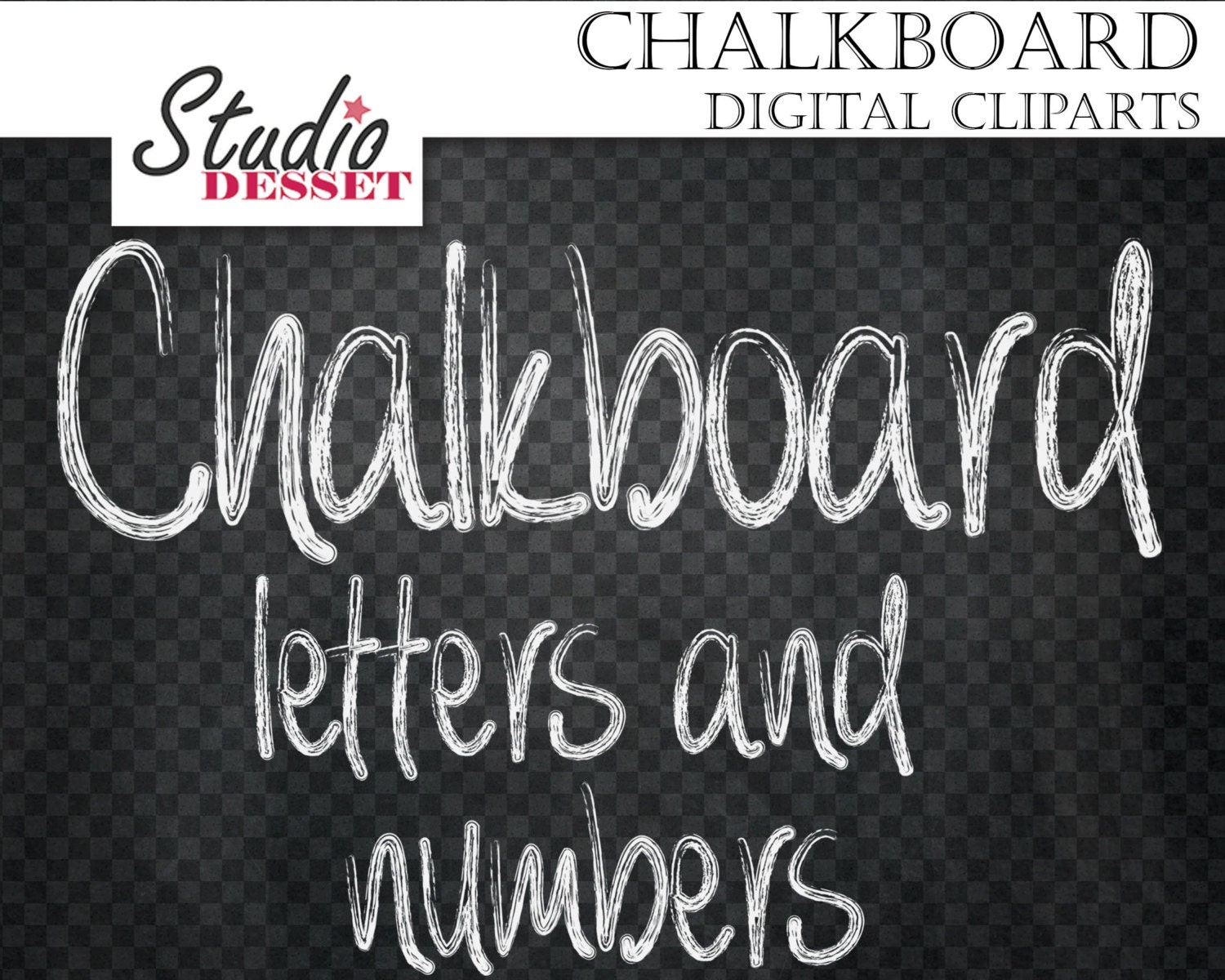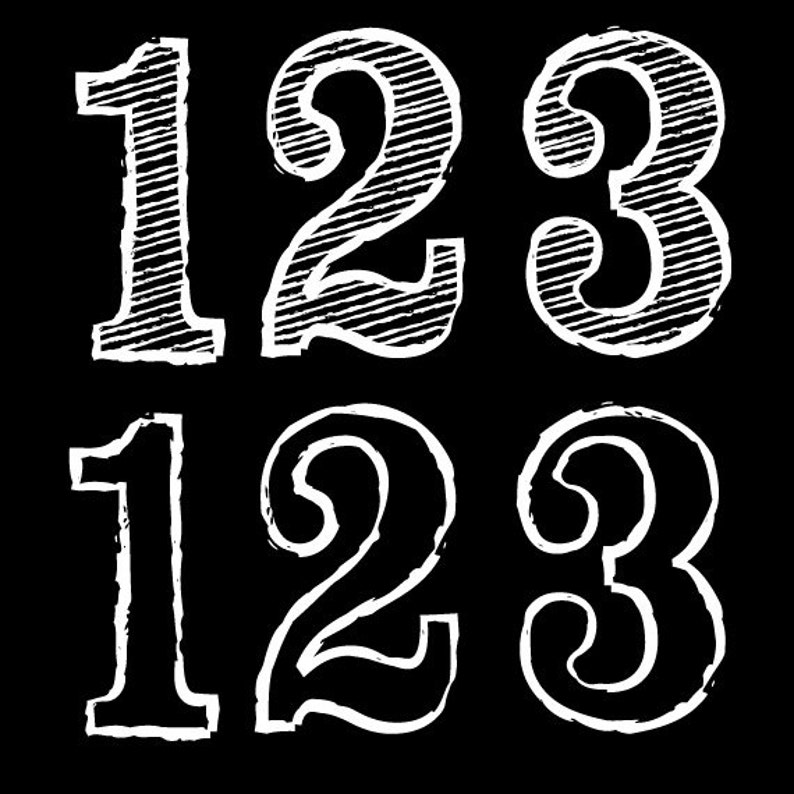

We also tried using thicker coats of sealant, but when chalk gets wet it fades and blends in with the background. We tried doing a few light coats of both fixative and matte gloss spray paint but nothing ultimately seals in the chalk. We worked on the boards off-site so we knew in order to transport them we'd need to seal them in some way. We researched different ways to seal the chalkboard, but nothing worked well. If one guide is off or missing it can have a domino effect on the rest of the guides which will cause a lot of reworking later. This is why guides are very important when working at a large scale. You'll notice in the timelapse that the final hanging board has some alignment changes. You can see how important having guides is, and how much erasing happens.Įven after we moved onto the chalk there were changes we needed to make. Here is a timelapse process video for the biggest board. Q-tips are great for erasing little mistakes or guide lines, and some kind of shammy or rag is handy for erasing everything else (especially fingerprints). Getting detailed is important, but can be difficult with chalk.

This won't prevent dust completely, but it makes a big difference, especially when you season the boards and do a lot of erasing. This is extra important if you're working indoors. Limit the dust. We recommend using Anti-dust chalk.

The rustic quality seasoning gives was right for this project. It also makes the board look used which may or may not be appropriate depending on the project. This way, when you erase guides later it will blend easier with the rest of the board. We recommend rubbing the entire board with chalk and erasing it. This influenced a lot of decisions such as the bottom of the main "Drinks" menu, type treatments, decoration, and content hierarchy.Ī few tips we have if you find yourself involved in a chalk project: We scanned the sketch and inverted it in photoshop, so we (and the client) could envision how the design will look on a chalkboard and what information will stand out the most. We worked with tracing paper because it allowed us to see a grid underneath the paper without having to erase lines. Below are some of the sketches, notes, and revisions for this phase of the project. Nobody knows their company and customers better than they do so it's important for them to be very involved. Our client relationships are very collaborative, so we met with Iron Roost multiple times to discuss ideas and changes. All these inquiries dictate the hierarchy and how the content is organized.

We met with Iron Roost to discuss what information was most important what their customers ask about, how their customers behave, what they order, what items bring in the most revenue, what items change seasonally, what items they want to promote, etc. When working with this much information, sketching is VERY important.


 0 kommentar(er)
0 kommentar(er)
